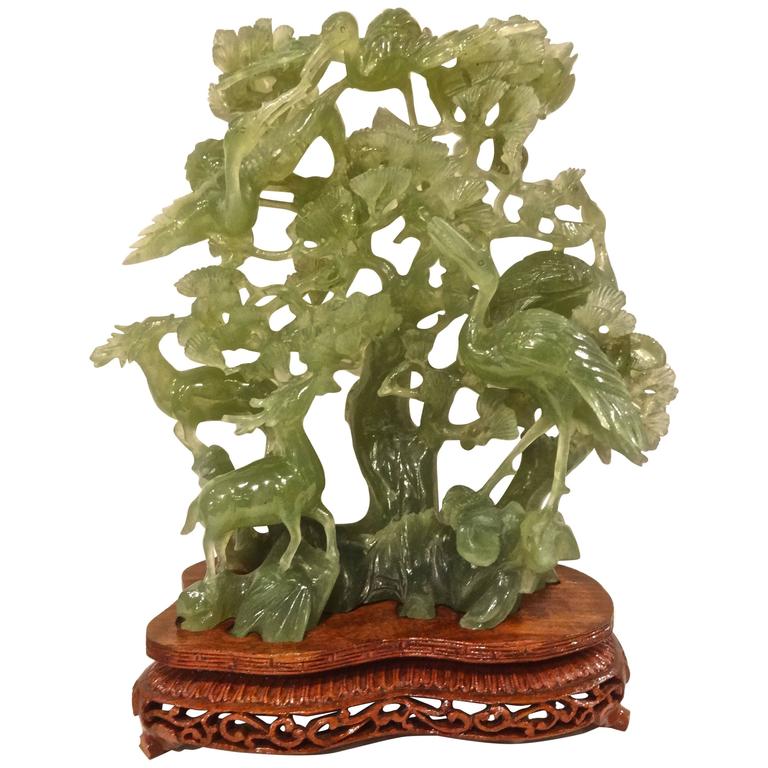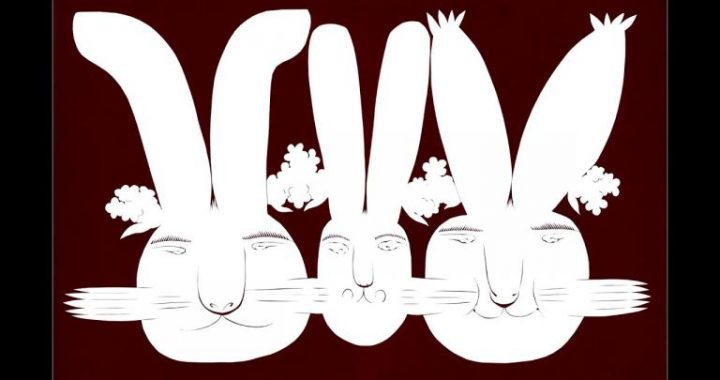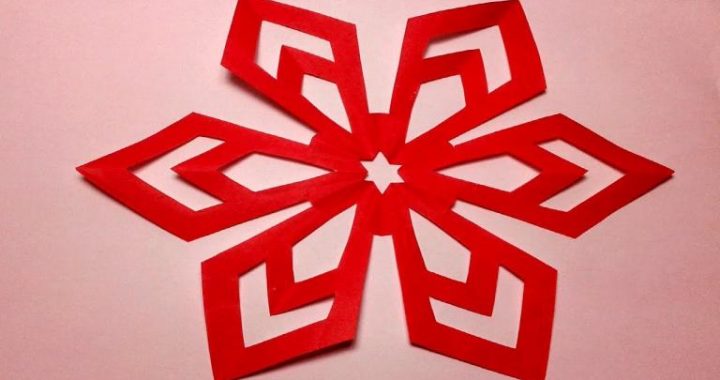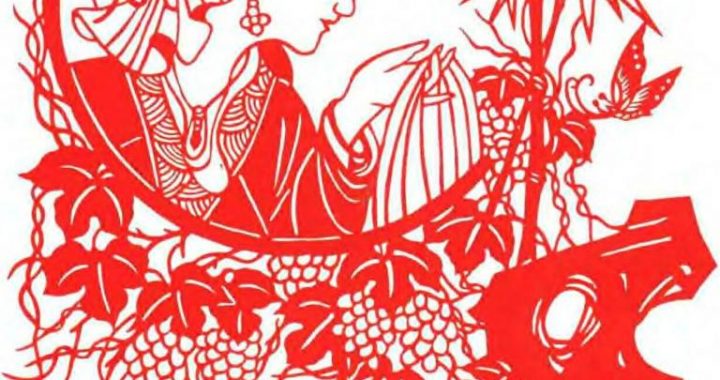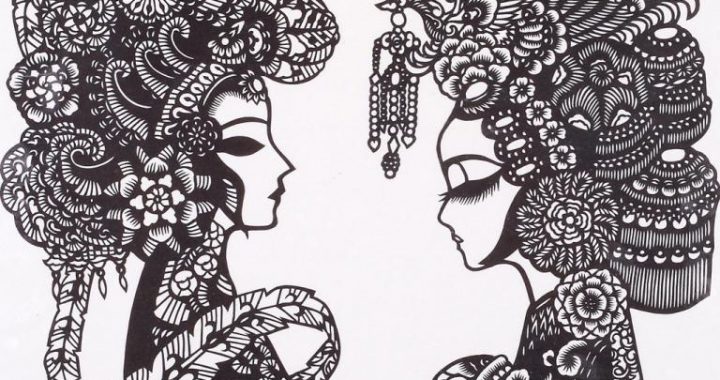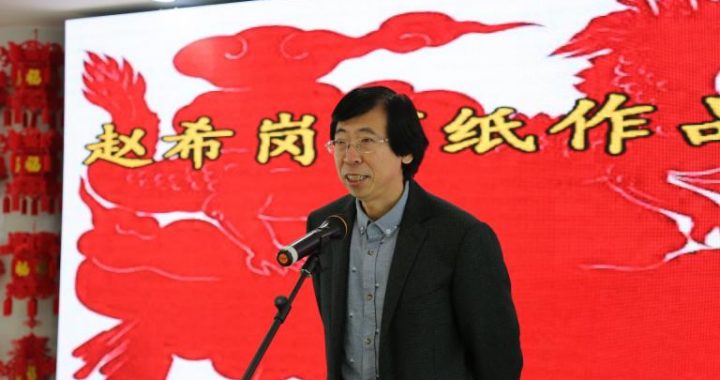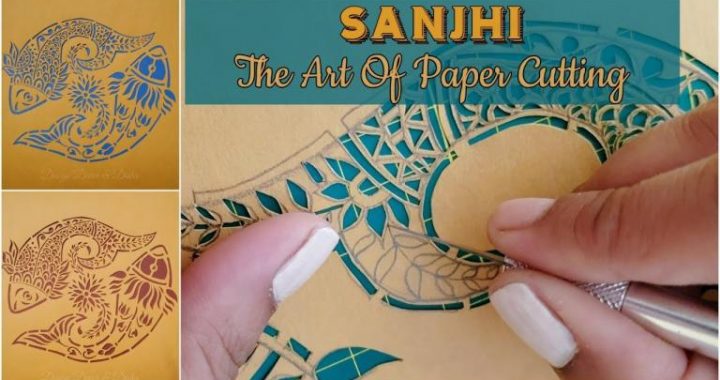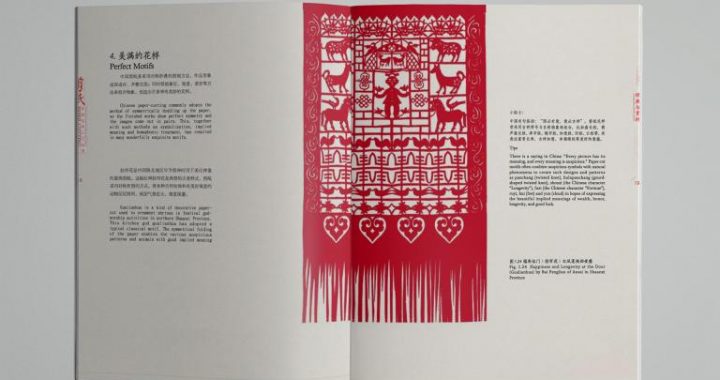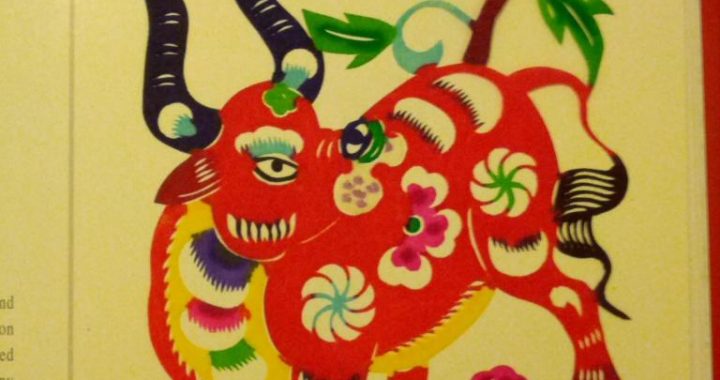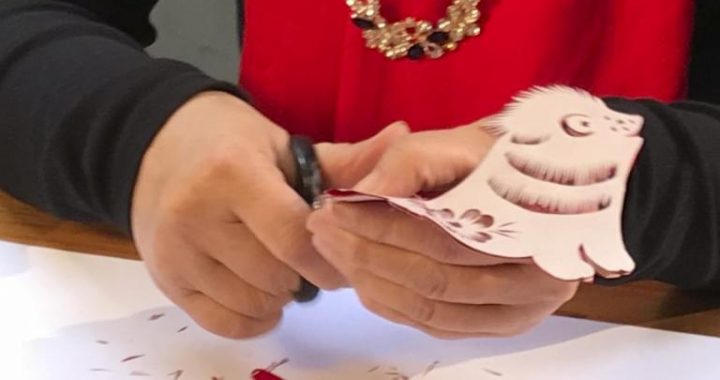Chinese Carving
3 min readCarving art has a long history in China and it reflects the culture of Chinese nation.The carving remains and cultural relics kept till now are the precious artistic pearls in the treasure house of Chinese art.There are many types of carving,mainly four types in China,that is,jade carving,wood carving,stone carving and bamboo carving.
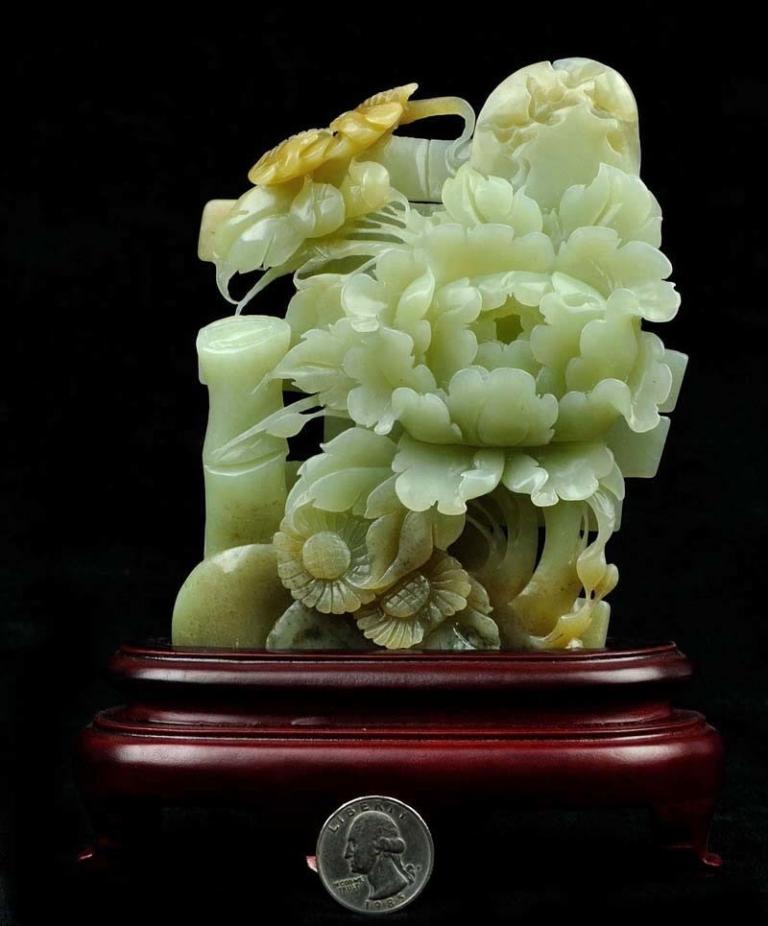
Jade Carving
Jade is understood in China as the collective name for most precious stones,and the love of jade ware has been one of the cultural features of China.The Chinese regard carved jade objects as intrinsically valuable,and they metaphorically equate jade with human virtue due to its solidity,durability and(moral)beauty.Jade can be divided into many categories such as white jade,yellow jade,agate,and turquoise,etc.The jade carved into different shapes is called jadecarving which is one of the oldest carving types and constitutes an important part of Chinese arts and crafts.
Many countries boast a jade ware culture,but none of them can match China’s long jade ware history.In China,jade ware underwent a long process of development beginning from the Neolithic Age 10,000 years ago.The earliest jade ware found in China was a piece of serpentine stoneware unearthed at the Immortal Cave in Haicheng,Liaoning Province,dating back more than 12,000 years ago.
The second jade ware was a small hanging jade article excavated at Hemudu in Zhejiang Province dating back more than 7,000 years ago.Jade ware from that period was mainly used for personal decoration.A large number of exquisite jade objects were produced 4,000 years ago.At the time,jade ware was mainly used for witchcraft and as an emblem of privilege.
The three dynasties of Xia,Shang and Zhou were significant periods in the development of Chinese ancient jade articles.There were few jade articles found of Xia Dynasty.During the Shang Dynasty,with the development of society,craftsmen used metal tools to make progress in jade ware models and sculpture.During Zhou Dynasty,ancient jade art had achieved a high level and jade carving had become an independent trade.
In the Spring and Autumn Period and the Warring States Period,all the kingdoms paid special attention to the producing of jade carving articles;as a result,well-carved,initiative and exquisite works were left and the coherent and undulating patterns of the dragon,phoenix and panli(a figure of Chinese folklore)on the jade decorations are still treasured today.
In Han Dynasty,Chinese jade carving art experienced its prosperous golden time,putting an end to the development of the ancient jade art of Shang and Zhou dynasties,and actively exploited new schools succeeding the techniques of the Spring and Autumn Period and the Warring state Period.During this period,jade ware became more practical and objects such as jade tablets became obsolete.At that time,people began to believe in the power of jade ware to increase longevity: they thought they would live forever like gods if they possessed jade ware.
Therefore, the practice of burying the dead with jade ware became common. Invaluable jade figures and clothes sewn with golden thread have been found in tombs dating back to the Han Dynasty.
After the advanced Han jade art, jade carving met its low tide in the following 300 years.
In Sui and Tang Dynasties, jade carving became flourishing again, but people didn’t take jade carving as something mysterious.A large number of jade carving articles were collected as treasures by royal families, aristocrats and the rich, thus made jade carving articles mainly as rare curios, as well as a kind of complementary decorum.
Song Dynasty was a period in which Chinese craft got highly developed, and jade articles also began to develop in a worldly, decorative manner. Jade carving in Yuan Dynasty also gained big achievement.
Jade carving craft in Qing Dynasty was highly advanced. Jade carving articles in Ming Dynasty were often inlayed with silver and gold, or embedded with gems. White jade vessels with golden holders and white jade bowls with golden lids, which were unearthed in the MingTombs, reflected the Dynasty’s peak level in jade carving.A wide range of jade was employed in making jade carving articles in this period, and the articles were delicate, diversified in form. The most flourishing period of jade carving craft was the 60 years under the reign of Emperor Qianlong(1736-1795). After Emperor Daoguang(1821-1850), jade carving craft began to decline.
